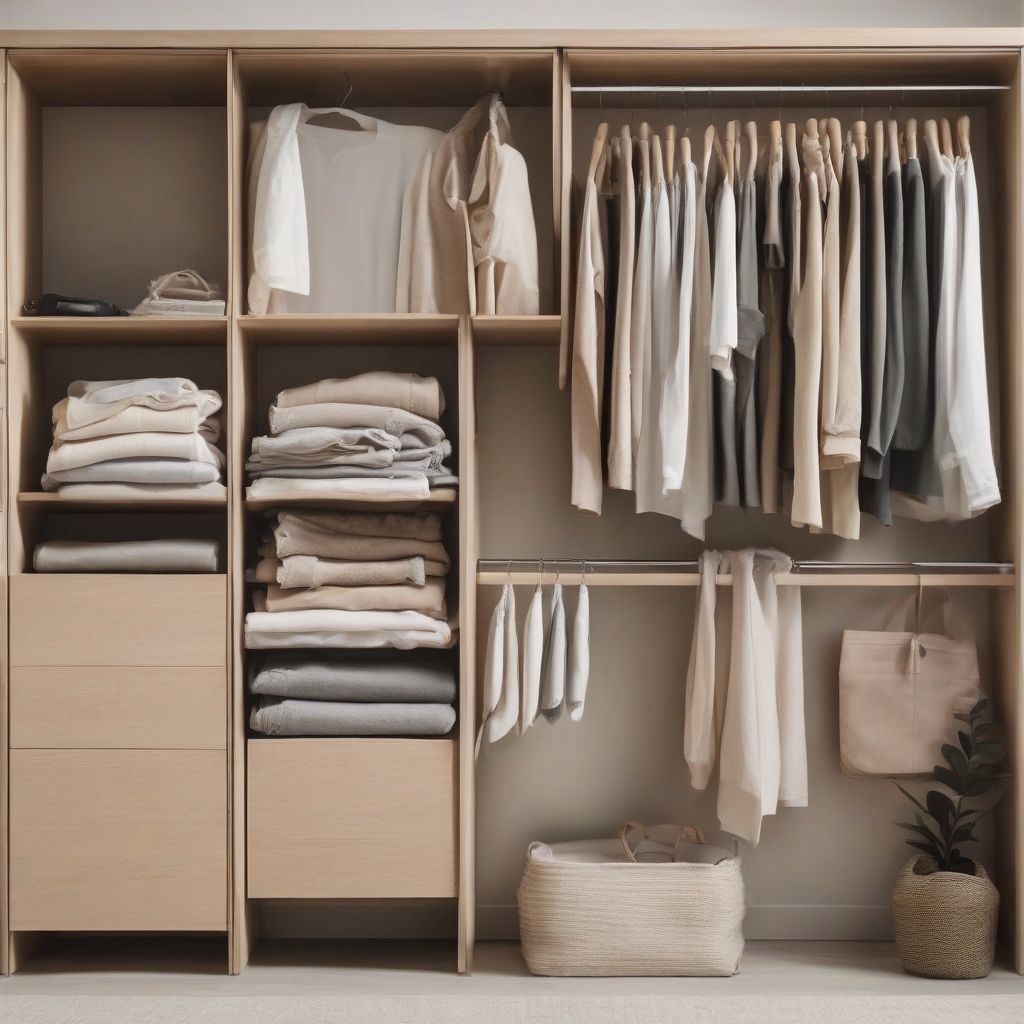Have you ever stood in your closet, overwhelmed by a sea of clothes yet feeling like you have nothing to wear? You’re not alone. In our fast-paced, trend-driven world, it’s easy to fall into the trap of fast fashion – buying cheap, trendy items that quickly end up discarded in the back of our closets. But what if there was a better way?
Enter slow fashion – a mindful approach to clothing that emphasizes quality, sustainability, and ethical production practices. It’s about curating a wardrobe filled with pieces you love, that last, and that reflect your values.
Understanding the Environmental Impact of Fast Fashion
Before diving into the benefits of slow fashion, it’s crucial to understand why a shift towards a more sustainable approach is essential. The statistics paint a stark picture:
- Textile waste: The fashion industry is a major contributor to global waste, producing 92 million tons of textile waste annually, with much of it ending up in landfills.
- Water consumption: It takes around 700 gallons of water to produce just one cotton shirt – that’s enough drinking water for one person for over two years.
- Greenhouse gas emissions: The fashion industry is responsible for about 10% of global carbon emissions, more than international flights and maritime shipping combined.
Slow Fashion: A Sustainable Solution
Slow fashion offers a refreshing antidote to the environmental and ethical challenges posed by fast fashion. Here’s how embracing a slow fashion approach contributes to a more sustainable wardrobe:
1. Quality Over Quantity
Slow fashion prioritizes well-made, durable clothing designed to last. By investing in higher-quality pieces, you’ll reduce your overall consumption and decrease the number of garments ending up in landfills.
2. Ethical Production
Slow fashion champions fair labor practices and safe working conditions for garment workers. Look for brands that are transparent about their supply chain and prioritize ethical production methods.
3. Reduced Environmental Impact
By choosing natural, sustainable fabrics like organic cotton, linen, or recycled materials, you can minimize the environmental footprint of your wardrobe.
4. Timeless Style Over Fleeting Trends
Slow fashion embraces classic silhouettes and timeless designs that transcend fleeting trends. By choosing pieces that stand the test of time, you’ll create a more versatile and sustainable wardrobe.
 Timeless Wardrobe
Timeless Wardrobe
Practical Tips for Building a Sustainable Wardrobe
Transitioning to a slow fashion wardrobe might seem daunting, but it doesn’t have to be an overnight transformation. Start with these practical tips:
1. Audit Your Existing Wardrobe
Before buying anything new, take stock of what you already own. Identify your wardrobe staples, pieces you love, and items that might need repair or alteration.
2. Shop Less, Shop Better
Resist the urge to buy into every trend. Instead, invest in fewer, high-quality pieces that align with your personal style and values.
[amazon bestseller=”sustainable fashion”]
3. Consider Secondhand Shopping
Thrifting, vintage shopping, and online consignment platforms are excellent ways to find unique and affordable pieces while reducing textile waste.
4. Care for Your Clothes
Proper care can significantly extend the lifespan of your garments. Follow care labels carefully and embrace gentle washing methods.
5. Support Sustainable Brands
Many brands are committed to ethical and sustainable practices. Research and support brands that align with your values.
Conclusion: Embrace the Slow Fashion Movement
Shifting to a slow fashion approach is about making mindful choices that benefit both your style and the planet. By prioritizing quality, ethics, and sustainability, you can create a wardrobe that reflects your values and reduces your environmental footprint. Remember, every small step toward sustainability makes a difference.
What are your favorite ways to incorporate slow fashion into your life? Share your tips and experiences in the comments below!
